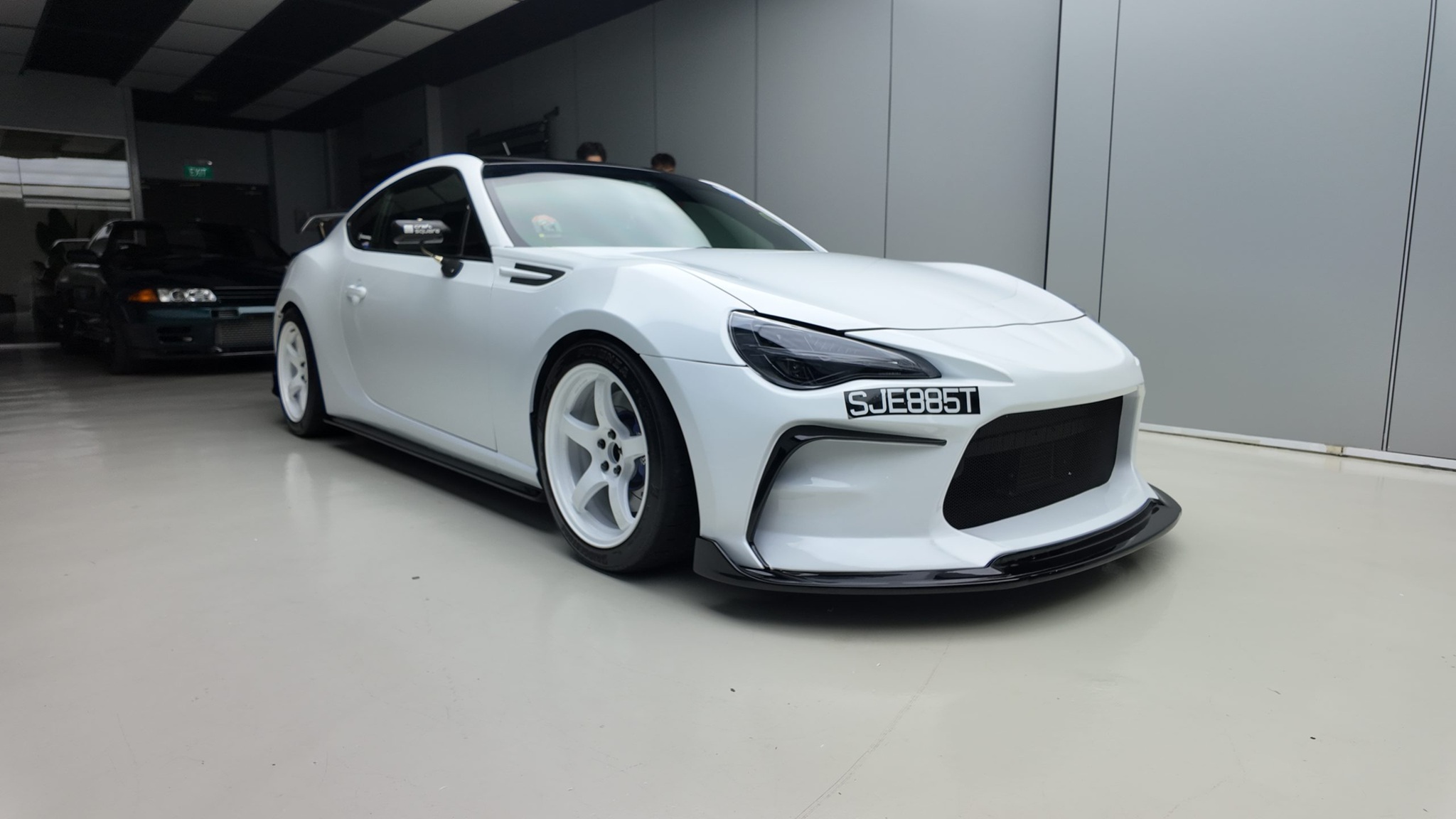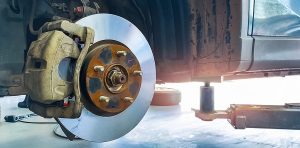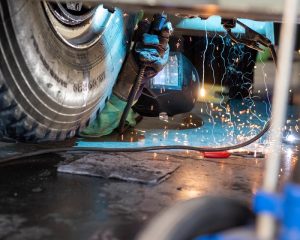Singapore’s $47 Million Paint Protection Film Secret: Why Global Supercars Flock to This Tiny Island
Singapore’s paint protection film (PPF) market has exploded into a $47 million industry that’s rewriting the rules of automotive protection across Southeast Asia, with PPF installations in the city-state now setting global standards for precision and innovation. Intelligence gathered from Orchard Road showrooms to Jurong industrial estates reveals a transformation that’s caught international automotive manufacturers off guard—Singapore has quietly positioned itself as the epicentre of advanced vehicle protection technology, drawing luxury car owners from across the region who refuse to trust their million-dollar investments to anyone else.
The Fortress Strategy: Singapore’s Climate Challenge
Singapore’s unique position one degree north of the equator creates a perfect storm of automotive paint destruction that makes paint protection film not just recommended but absolutely critical for vehicle preservation. The combination of intense UV radiation, high humidity averaging 84%, and frequent acid rain creates conditions that can destroy unprotected automotive paint within months rather than years.
Field reconnaissance across Singapore’s automotive districts reveals the scale of the challenge. Temperatures regularly exceed 35°C with humidity levels that would be considered extreme in most global markets. The urban heat island effect, amplified by concrete surfaces and limited vegetation, pushes surface temperatures even higher during midday hours.
Technical Intelligence: Singapore’s PPF Superiority Complex
The sophistication of paint protection film installations in Singapore operates at levels that dwarf operations in traditional automotive centres. State-of-the-art facilities maintain climate control within ±2°C and ±5% humidity to ensure optimal film adhesion. Dust particle counts are monitored continuously, with air filtration systems rivalling those found in semiconductor manufacturing plants.
Advanced PPF technology deployed in Singapore encompasses cutting-edge innovations:
• Quantum dot-enhanced topcoats providing superior scratch resistance and self-healing properties
• Multi-layered construction incorporating impact-absorbing polyurethane cores
• Nano-structured surfaces creating hydrophobic properties that repel contaminants
• Computer-aided design systems creating precise templates for complex vehicle geometries
• Heat-activated adhesive systems ensuring permanent bonding without paint damage
The technical specifications read like aerospace engineering documents rather than automotive aftermarket products.
Economic Warfare: The Numbers Behind Singapore’s Dominance
Financial analysis of Singapore’s PPF market reveals dynamics that explain the industry’s explosive growth. Luxury vehicle density in Singapore ranks among the world’s highest, with Lamborghini, Ferrari, and McLaren ownership rates exceeding those in Monaco or Beverly Hills. The economic incentive for protecting these investments creates a market willing to pay premium prices for superior protection.
Vehicle depreciation studies conducted across Singapore’s luxury car market show PPF-protected vehicles maintaining values 25-30% higher than unprotected counterparts. Given Singapore’s vehicle ownership costs—where a Toyota Camry can cost $200,000 due to Certificate of Entitlement requirements—paint protection becomes economically essential rather than optional.
Operational Intelligence: Inside Singapore’s PPF Command Centres
Professional PPF installation facilities in Singapore operate with military precision that reflects the city-state’s approach to excellence in all sectors. Training programmes for installation technicians require 200+ hours of certification, covering advanced polymer science, surface chemistry, and precision application techniques.
The installation environment controls extend beyond basic climate management. Electromagnetic field monitoring prevents interference with computer-controlled cutting systems. Compressed air systems use medical-grade filtration to eliminate contamination risks. Some facilities employ clean room protocols requiring full protective suits for personnel entering installation bays.
“Singapore’s paint protection film industry has achieved something extraordinary—combining technical precision with service excellence at levels that attract customers from across Southeast Asia. The attention to detail and quality standards here simply don’t exist elsewhere in the region.” — Singapore Automotive Excellence Institute, 2025
Market Intelligence: Strategic Positioning Analysis
Singapore’s PPF market positioning leverages several strategic advantages that competitors struggle to replicate. The concentration of luxury vehicles creates economies of scale for premium installations. Proximity to major shipping routes enables rapid access to the latest PPF technologies from manufacturers worldwide.
The regulatory environment favours quality over price competition. Singapore’s consumer protection laws and professional licensing requirements eliminate fly-by-night operators who undercut the market with substandard installations. This creates a marketplace where excellence commands appropriate pricing.
Performance Metrics: Laboratory vs Reality
Independent testing conducted under Singapore’s extreme conditions provides definitive evidence of PPF performance superiority. Accelerated weathering tests expose significant variations between products marketed with similar specifications. UV exposure chambers simulating ten years of Singapore sun exposure reveal which films maintain optical clarity and protective properties.
Critical performance parameters measured include:
• Adhesion strength under thermal shock conditions ranging from 15°C air conditioning to 60°C surface temperatures
• Optical clarity retention after 5,000 hours of UV exposure equivalent to Singapore conditions
• Self-healing effectiveness across humidity ranges from 65% to 95%
• Chemical resistance testing against Singapore’s specific atmospheric pollutants
• Impact resistance using debris impact velocities common on Singapore expressways
Strategic Market Evolution: Reading Future Trends
Industry forecasts predict Singapore’s PPF market will continue expanding as vehicle values increase and protection technology advances. The integration of smart sensors into PPF layers promises real-time monitoring of paint condition and environmental exposure levels.
Autonomous vehicle development creates new protection requirements as vehicle-to-infrastructure communication systems require unobstructed sensor operation. PPF manufacturers are developing optically clear films that maintain radar and lidar transparency whilst providing superior paint protection.
Tactical Advantages: Why Singapore Leads
Singapore’s PPF industry success stems from systematic advantages that create sustainable competitive moats. Technical expertise developed through demanding applications transfers to mainstream vehicle protection. Quality standards established for supercars benefit all vehicle owners seeking superior protection.
The concentration of expertise creates knowledge clusters where innovation accelerates through collaborative competition. Installation techniques pioneered for one-off hypercars become standard practices across the industry.
For vehicle owners seeking absolute protection against Singapore’s challenging environmental conditions, the evidence conclusively demonstrates that comprehensive coverage using professional-grade PPF represents the only viable long-term solution.




